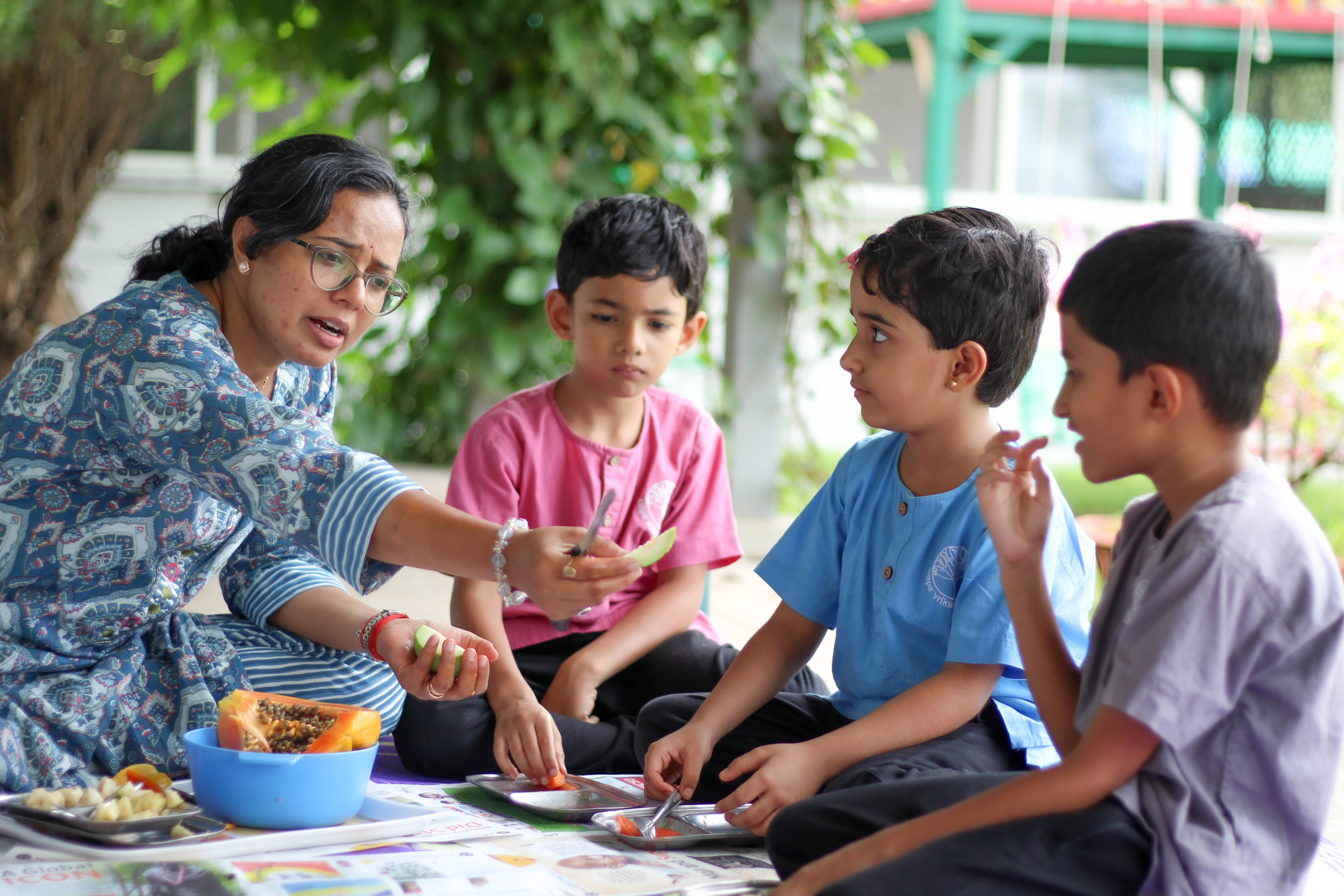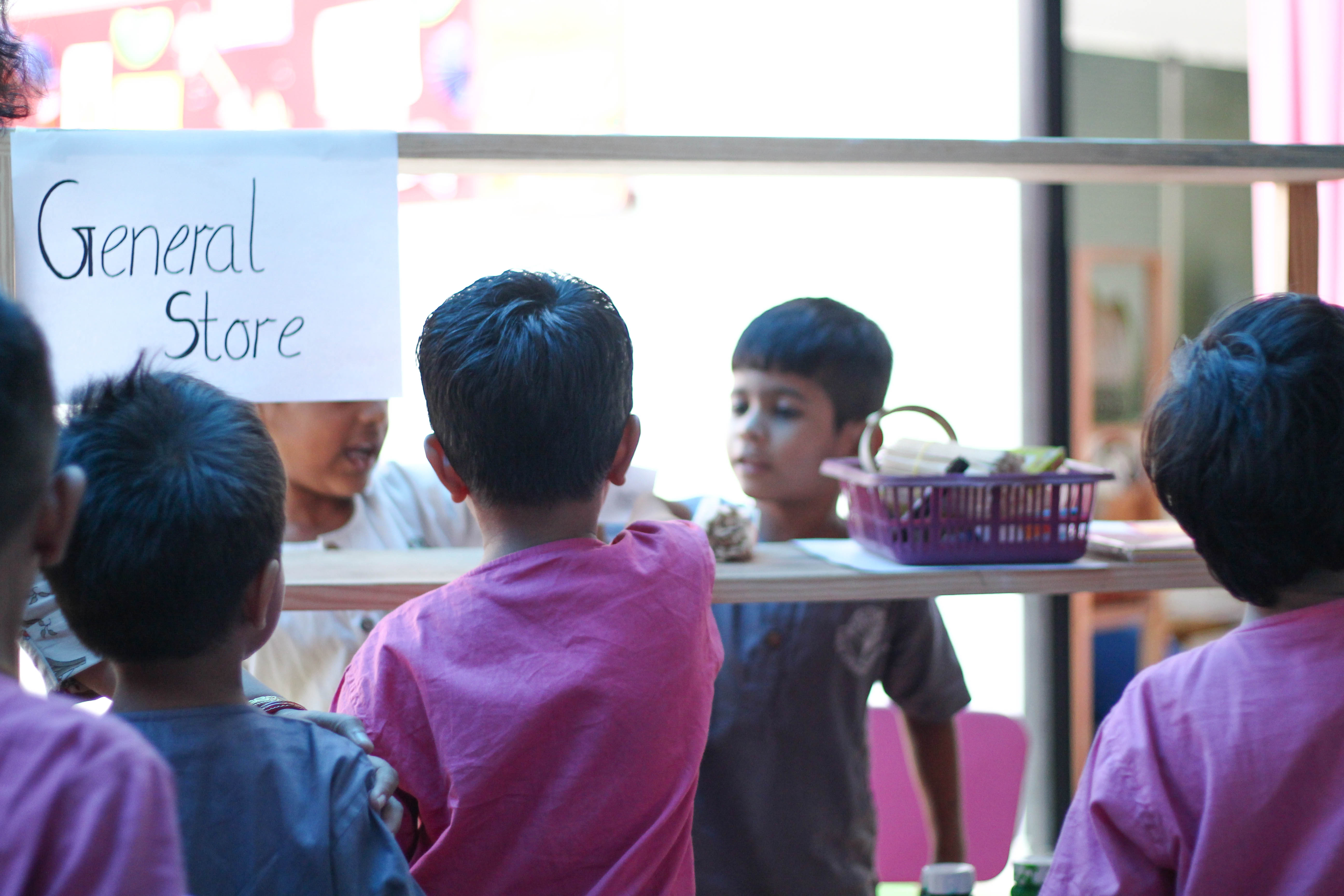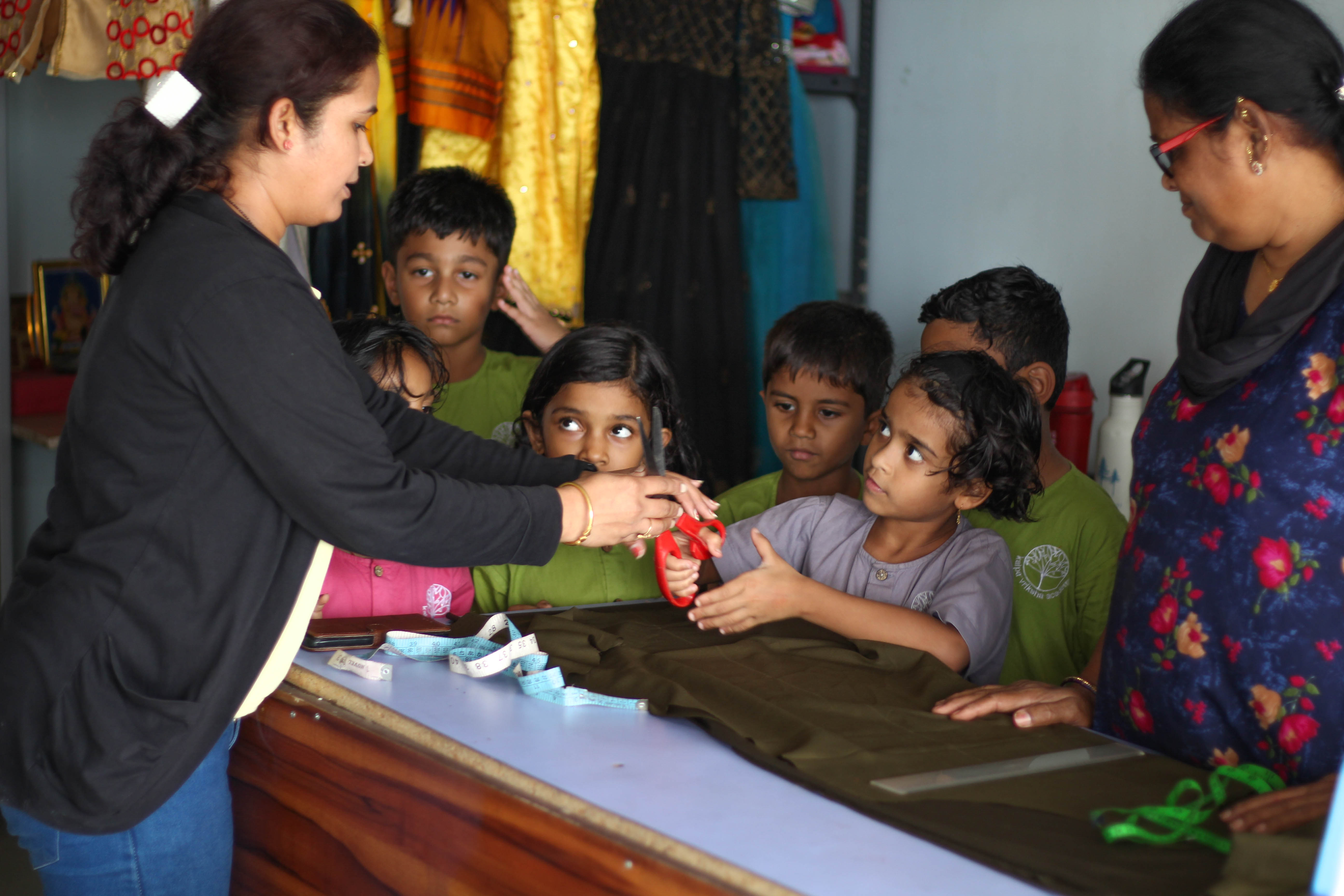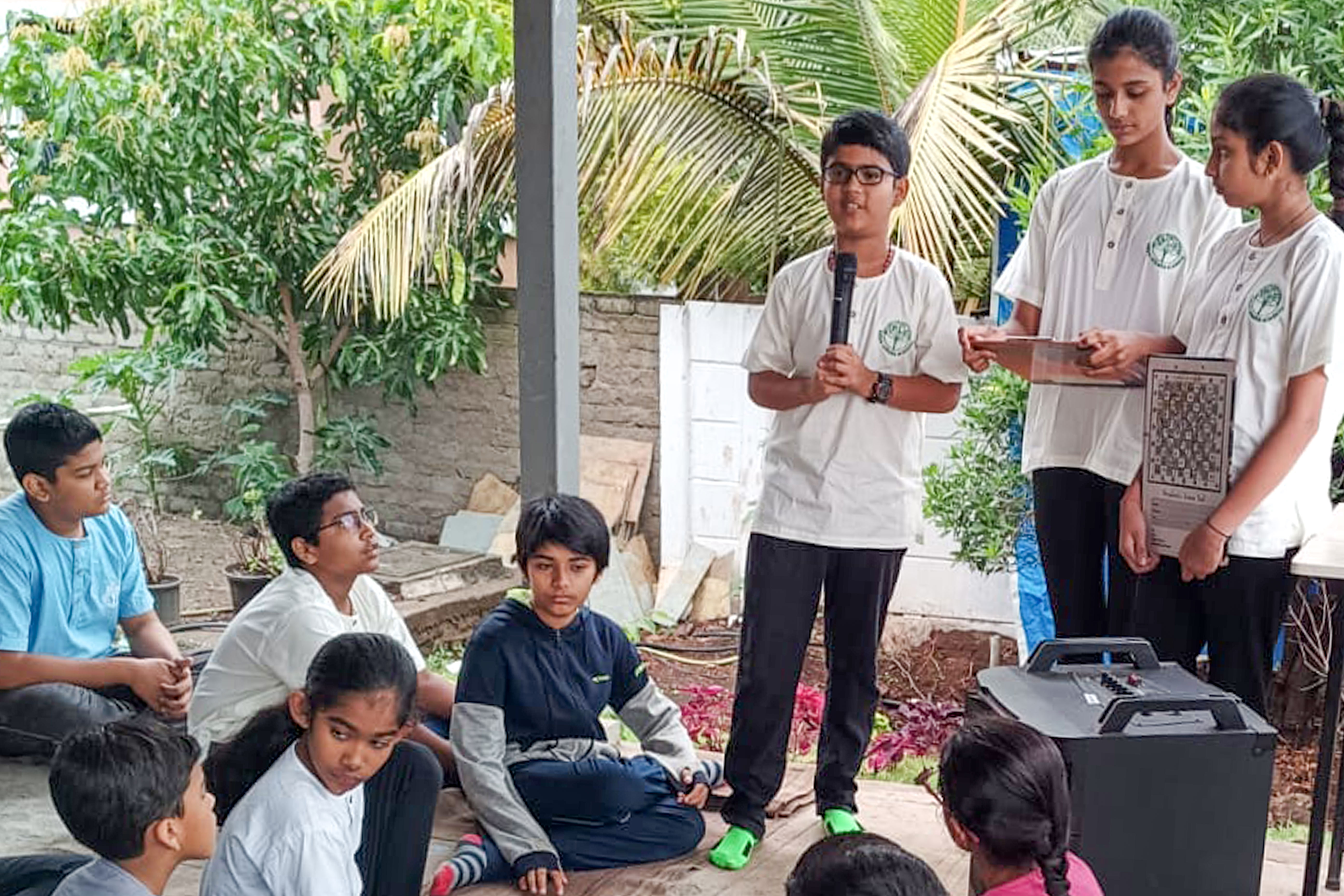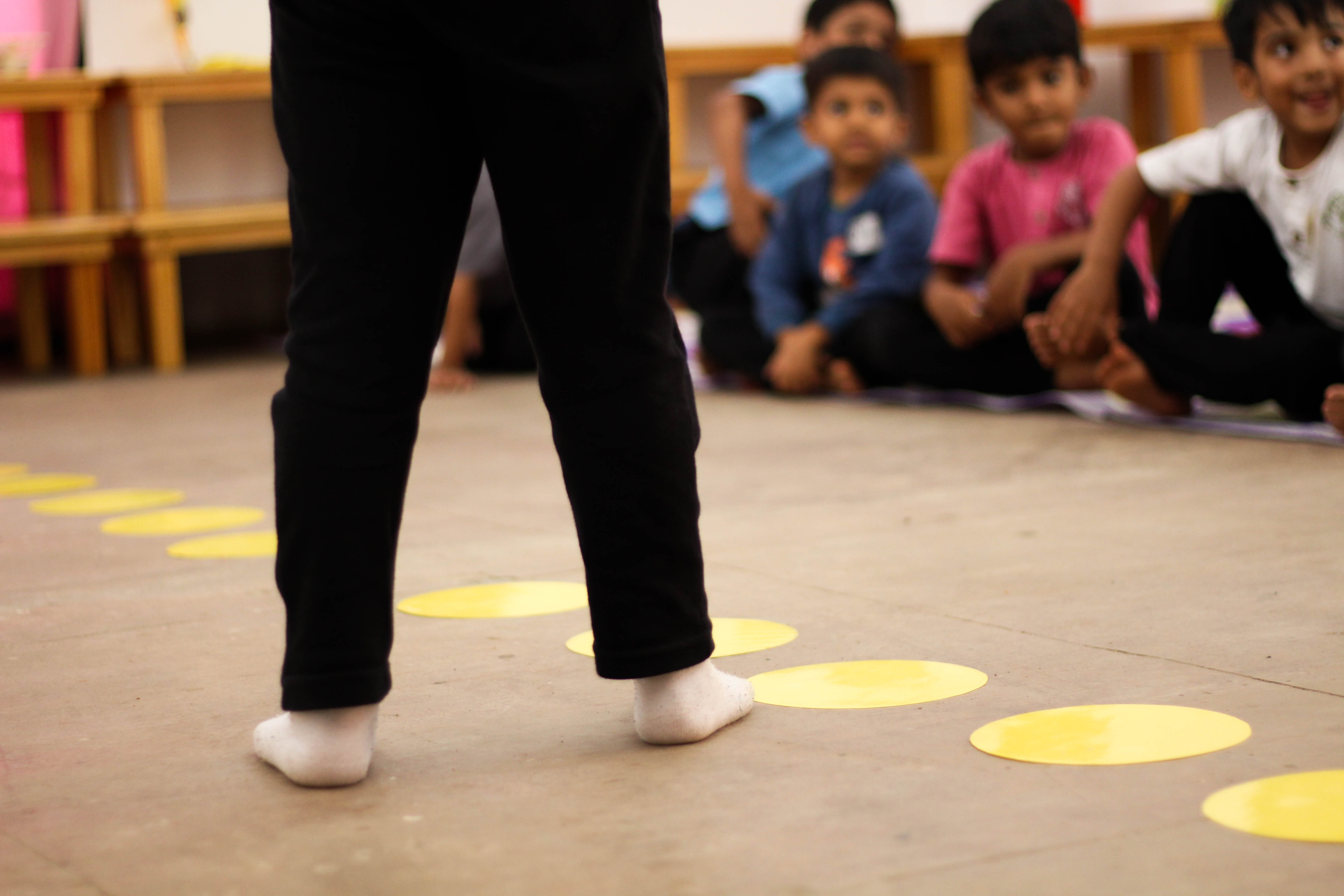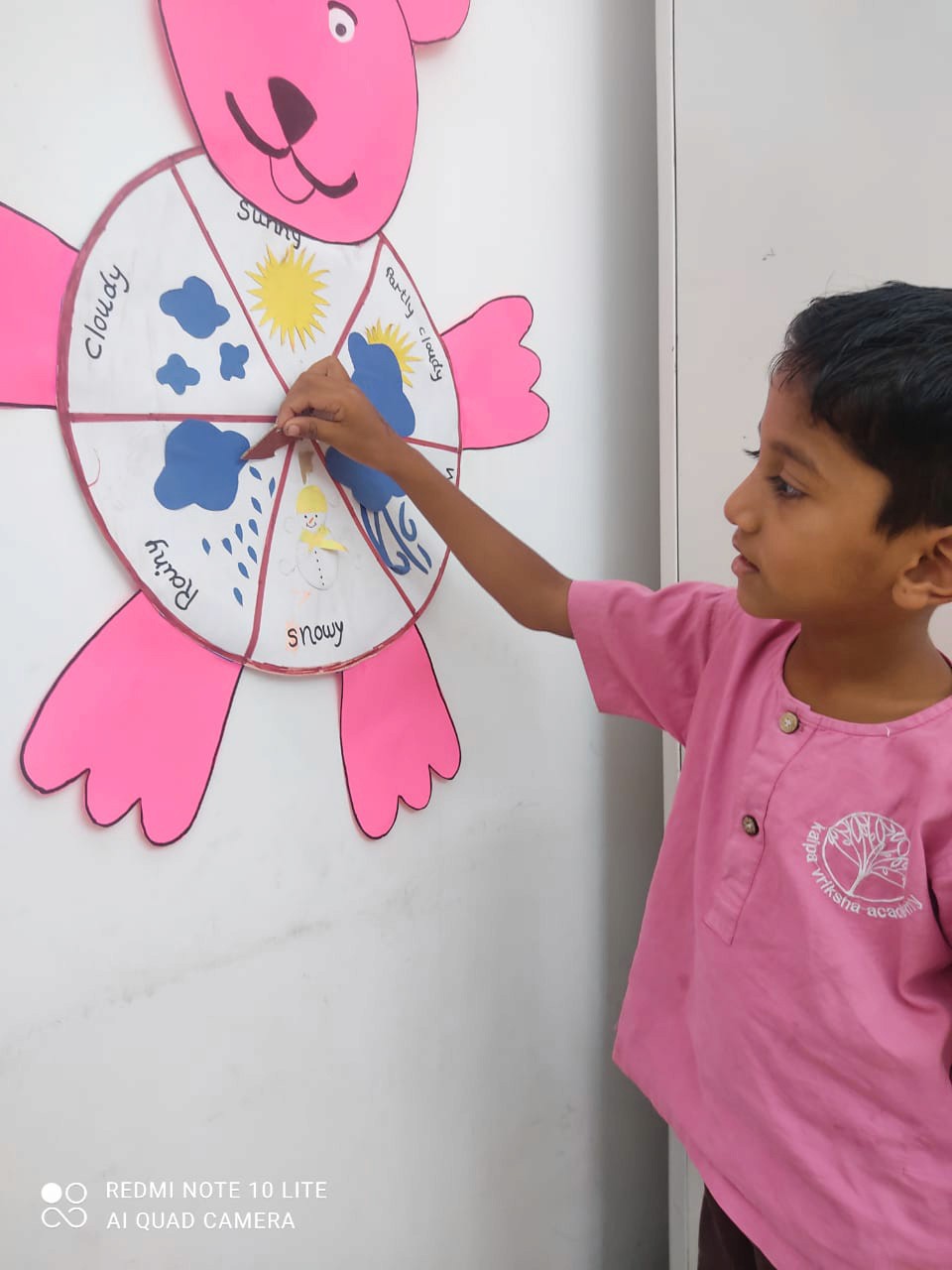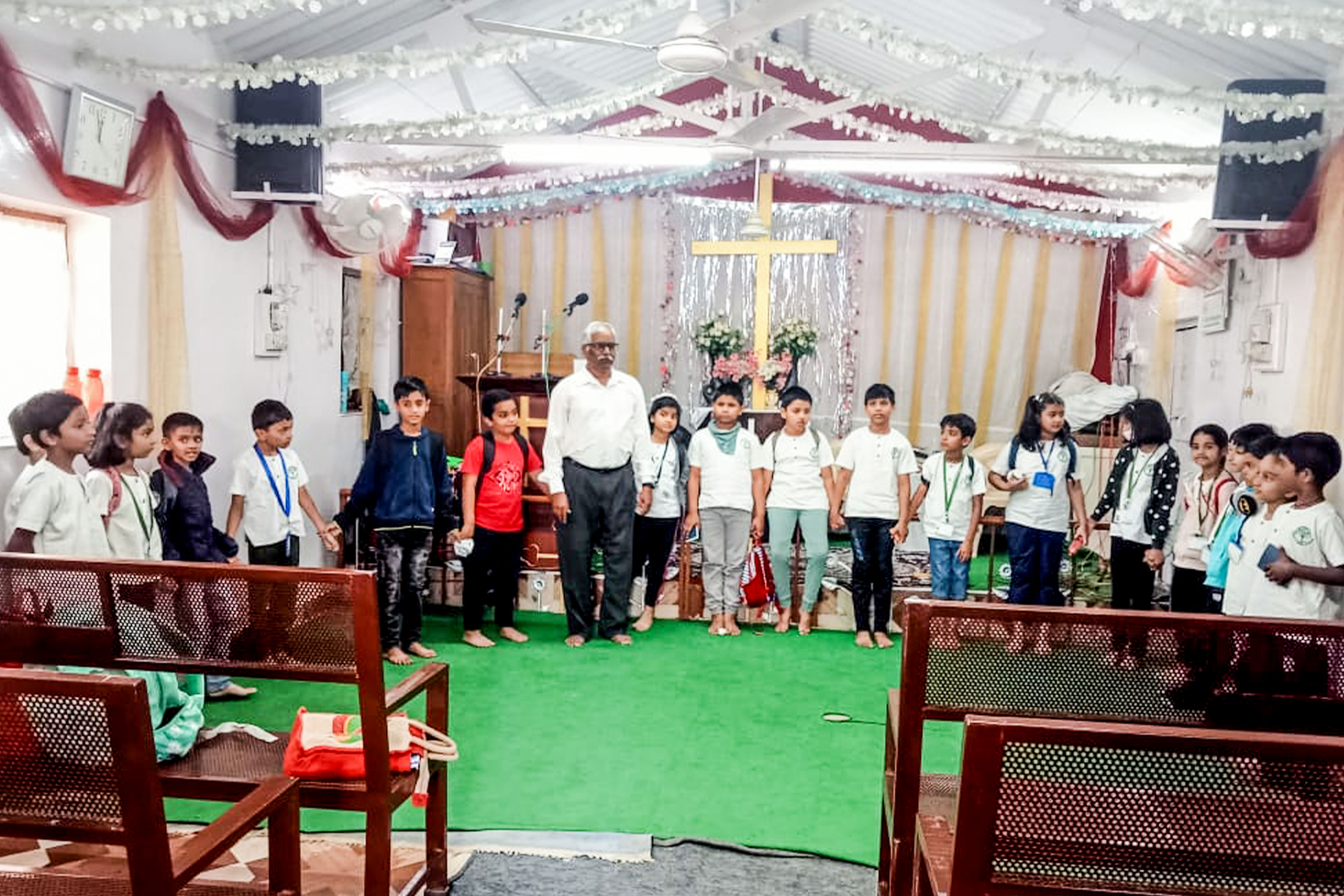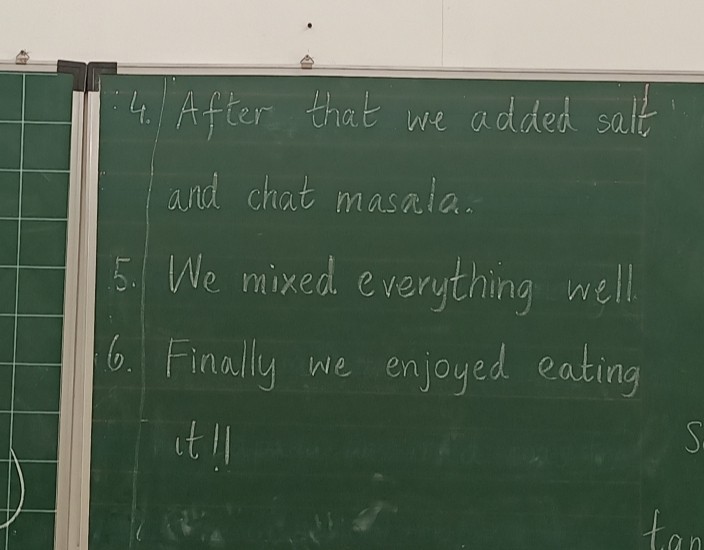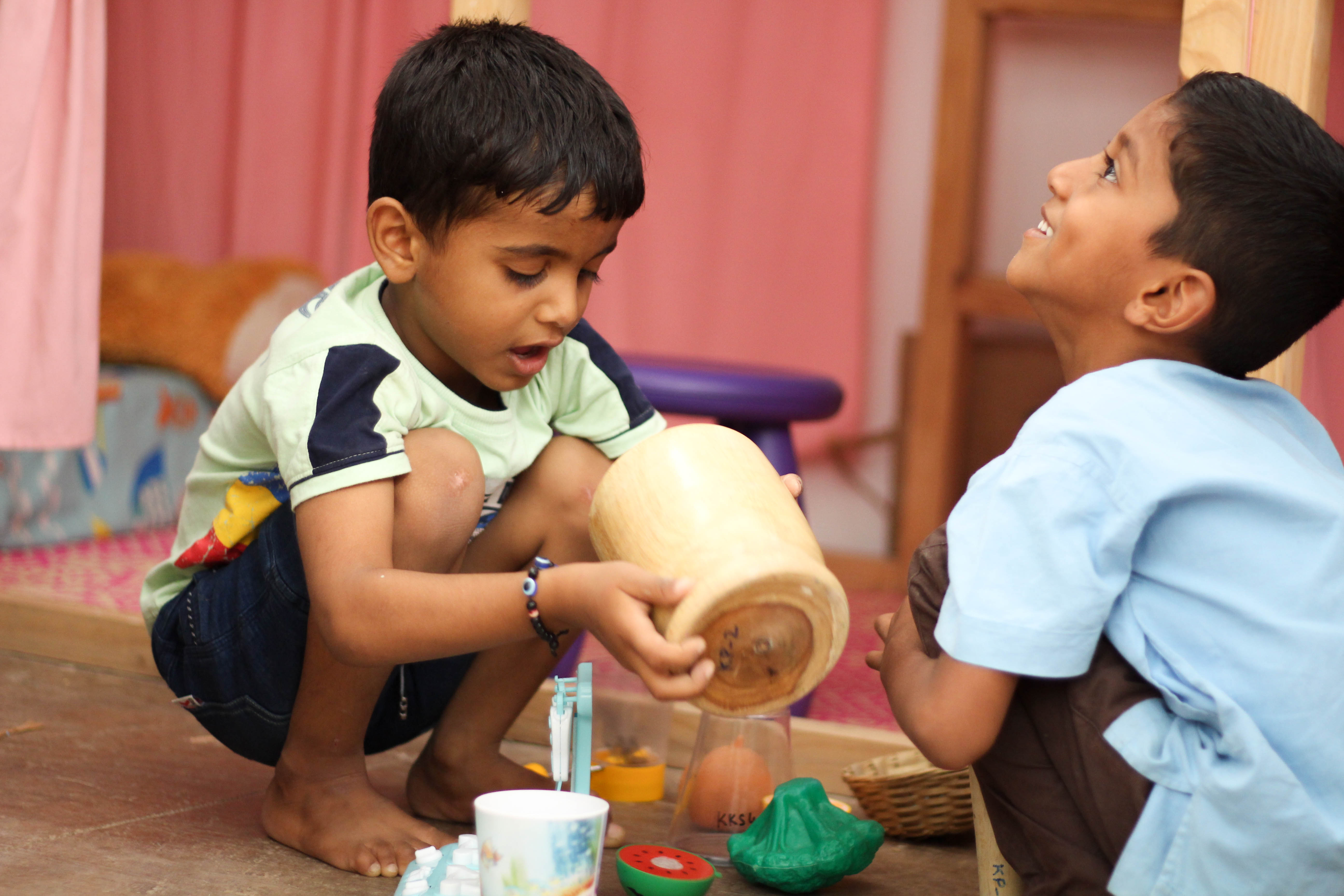Our curriculum and teaching practices are already fully in alignment with the NEP manual and guide as well as the NCF. Here are some examples:
1. RASOEE TIME
Children are involved in the process of growing vegetables in their allotted pieces of farmland. Once the vegetables are ready, they participate in a cooking activity called ‘Rasoee Time’, facilitated by their teacher. During ‘Rasoee Time’ the children are not only encouraged to use proper language, syntax and vocabulary, but are also taught concepts related to maths and science. Through this process of community cooking, the children also learn to value teamwork.
NCF for foundational years
Domain 2.4.1 Physical Development: C2.1, C2.4, C2.5, C2.6
Domain 2.4.1 Physical Development: C2.1, C2.4, C2.5, C2.6
3. FIELD TRIPS
Field Trips are an essential teaching method that we use with all students from Nursery to Grade 10. The students of the class in question, are often invited to participate in the planning and organisation of the Field Trip at least a few days in advance. The children may divide responsibilities between themselves to plan the trip’s itinerary, map the route, come up with a list of questions to ask persons they are planning to meet on the trip etc. After the Field Trip, students are also given the opportunity to reflect and review everything they have learnt and put it into a small report.
NCF for foundational years
Module 2.4.5.1 Positive Learning Habits: CG 13
5. CELEBRATIONS
Children experience the traditional and cultural importance of celebrating festivals from various faiths. Through discussions, interviews and other experiences children realise the scientific point of view for celebrating certain festivals. We organise various activities like Melas to cherish underlying values of our school and extended community.
NCF for foundational years
Domain 2.4.2 Socio-Emotional and Ethical Development: CG4, Domain 2.4.5 Aesthetic and Cultural Development: CG12
Domain 2.4.2 Socio-Emotional and Ethical Development: CG4, Domain 2.4.5 Aesthetic and Cultural Development: CG12
7. WEATHER CHART
In this teaching tool, preschool children are asked, consistently on every school day, to observe their surroundings and to mark a chart in the classroom with the weather conditions they have observed. The children may use simple denotations like rainy, sunny, cloudy, windy etc to mark the weather chart. On days when the weather changes drastically through the day, the children may be asked to add more information to their weather chart to document the change outside. In doing so, children learn to be cognizant of their surroundings and also learn the relationship between the climate and the weather!
NCF for foundational years
Domain 2.4.3 Cognitive Development: CG7
9. EXPERIENCE STORIES
The Experience Story is a tool used to help children reflect upon, review and process their experiences at school. Following an event or a Field Trip or a Rasoee time, the teacher facilitates a session wherein, the students are invited to recount and review their experiences together. The teacher may make a note of the ideas, words and phrases that come up through this discussion, after which, the class then weaves these ideas together into a short story by establishing causal connections.
NCF for foundational years
Domain 2.4.4 Language and Literacy Development: CG9, C10.1, C10.2, C10.3, C10.9, CG11
Domain 2.4.4 Language and Literacy Development: CG9, C10.1, C10.2, C10.3, C10.9, CG11
